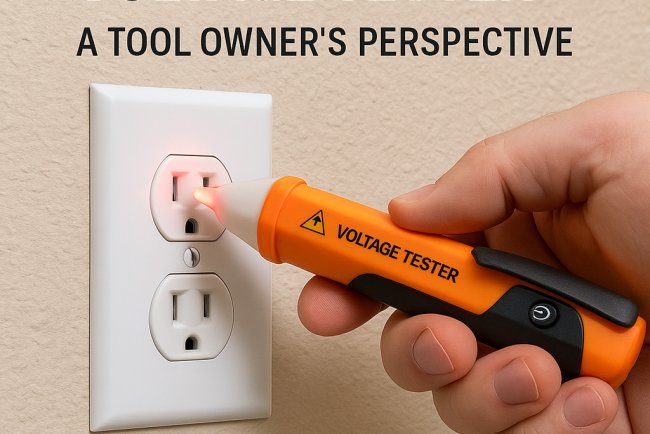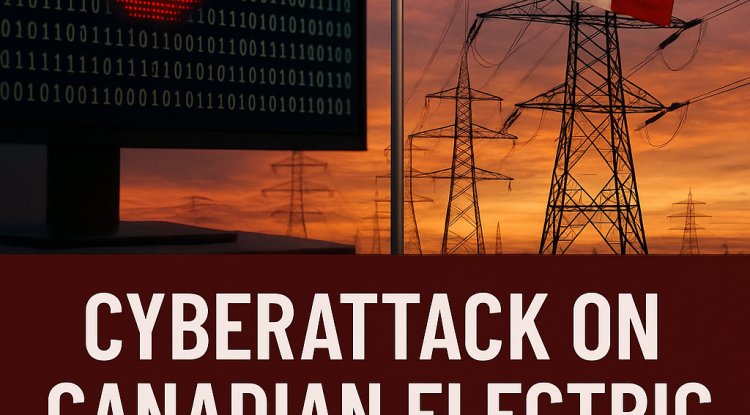“GFCI vs AFCI: What They Are and Why They Matter for Safe Repairs”
Learn the difference between GFCI and AFCI, why both are essential for safety, and how they protect your home from shocks and electrical fires.

When it comes to keeping your home or business safe from electrical hazards, knowing the right tools to protect yourself is essential. Two of the most crucial safety devices are GFCIs (Ground Fault Circuit Interrupters) and AFCIs (Arc Fault Circuit Interrupters). While both are key players in preventing electrical dangers, they each have distinct functions. At ElectricalService.com, we’re here to help you stay informed and safe. Let’s dive into what GFCIs and AFCIs do and why they’re both vital for secure electrical repairs and installations.
What Is a GFCI?
A Ground Fault Circuit Interrupter (GFCI) is a device that protects you from electrical shock. It continuously monitors the electricity flowing through a circuit. If it senses any imbalance, like electricity taking an unintended route through water or a person, it cuts off the power in just milliseconds.
Where Are GFCIs Required?
You’ll typically find GFCIs in areas where water is likely to be present, such as:
- Bathrooms
- Kitchens
- Laundry rooms
- Garages
- Outdoor outlets
- Crawl spaces and unfinished basements
According to the National Electrical Code (NEC), GFCIs must be installed in all damp or wet locations to minimize the risk of electrocution.
What Is an AFCI?
An Arc Fault Circuit Interrupter (AFCI) is designed to prevent fires that can be sparked by electrical arcing. Arcing happens when wires are damaged or loose, creating intense heat that can ignite nearby materials like wood, insulation, or carpeting.
AFCIs are smart enough to detect these arc faults and will automatically shut off power to the affected circuit before a fire can start.
Where Are AFCIs Required?
AFCIs are generally required in living spaces such as:
- Bedrooms
- Living rooms
- Dining rooms
- Hallways
- Home offices
- Most newly constructed or renovated areas of a home
Over the years, NEC guidelines have expanded the requirements for AFCIs, highlighting their critical role in preventing electrical fires.
Why GFCIs and AFCIs Matter for Safe Repairs
When you're upgrading or fixing your electrical system, it’s not just about getting the power back on. Real safety means knowing what protections are in place and if they meet the latest code standards.
At ElectricalService.com, we’ve witnessed how a lack of proper protection can lead to serious dangers. For instance:
If there’s no GFCI in your kitchen, using an appliance with wet hands could result in a nasty shock.
An outlet in a bedroom with faulty wiring that isn’t protected could spark a fire while you’re asleep.
Modern electrical codes often require both GFCI and AFCI protection—sometimes even on the same circuit. That’s why having a professional inspection and updates is so important, especially in older homes where these devices might be missing.
Combination Devices: Dual Protection
To make safety easier and comply with code requirements, combination AFCI/GFCI breakers are now on the market. These handy devices offer both arc fault and ground fault protection in one unit, perfect for areas that need overlapping safety features.
Unsure about what your home needs? Our certified electricians at ElectricalService.com can evaluate your electrical panel and outlets to figure out if combination devices or separate GFCI and AFCI protection is the way to go for your setup.
When to Call a Professional
While it might be tempting to tackle electrical work yourself, mistakes can be risky. Properly installing GFCIs and AFCIs is more than just swapping out a standard outlet—it requires a solid grasp of wiring, circuit behavior, and safety standards.














